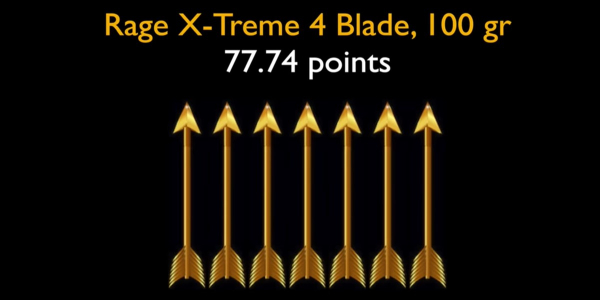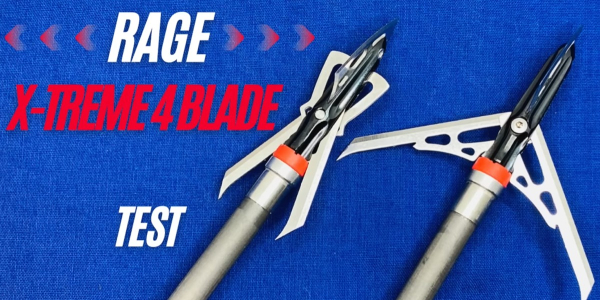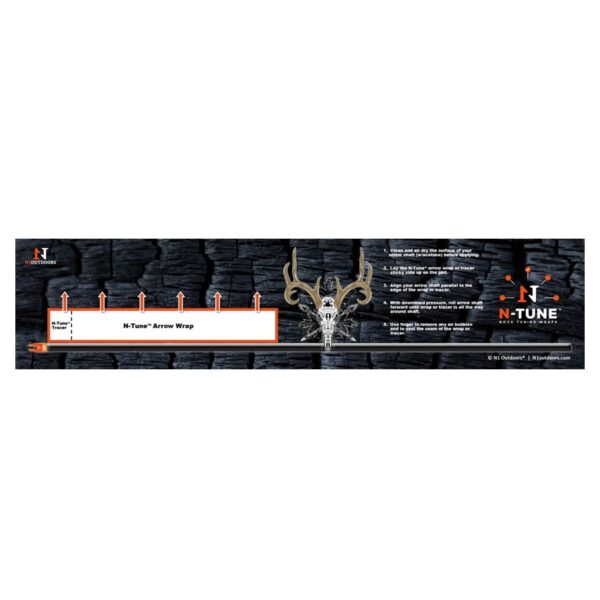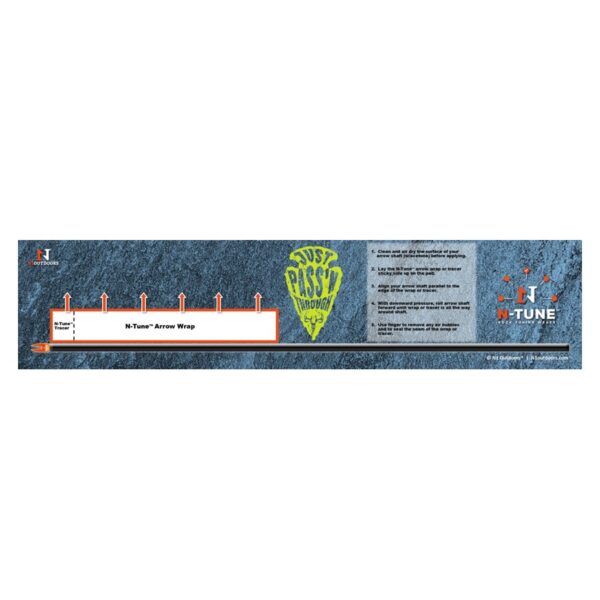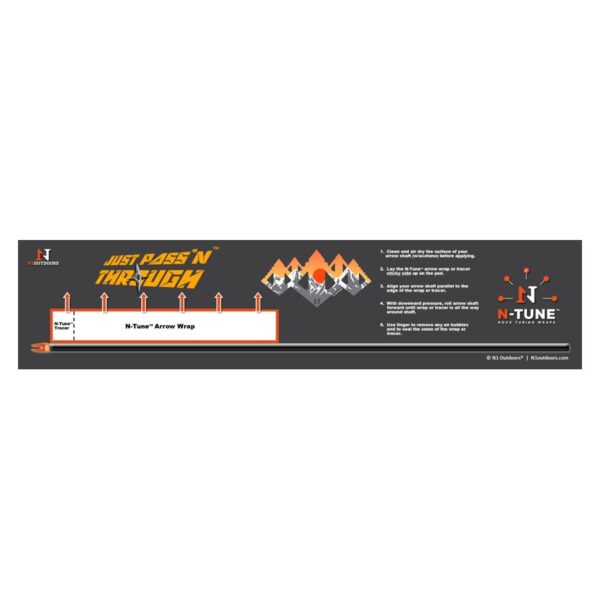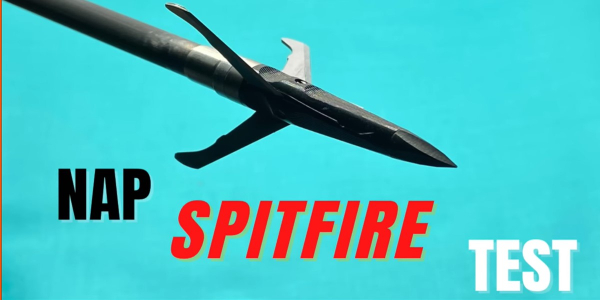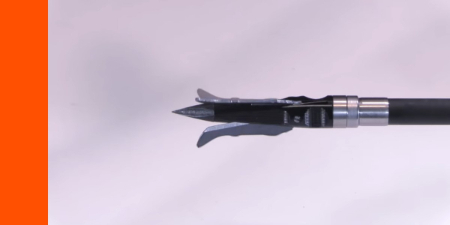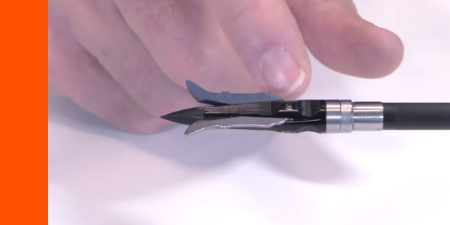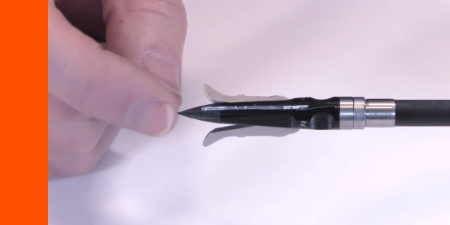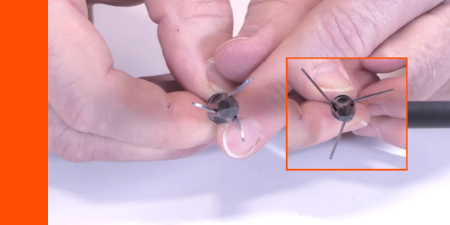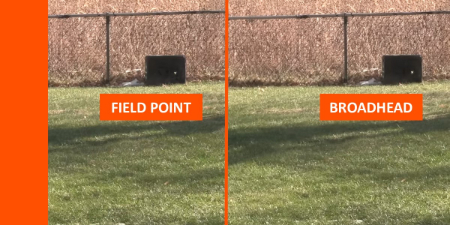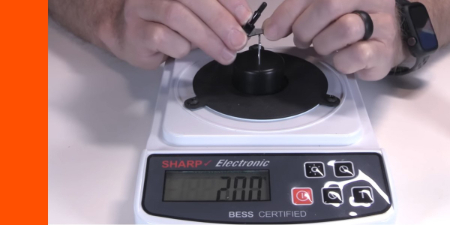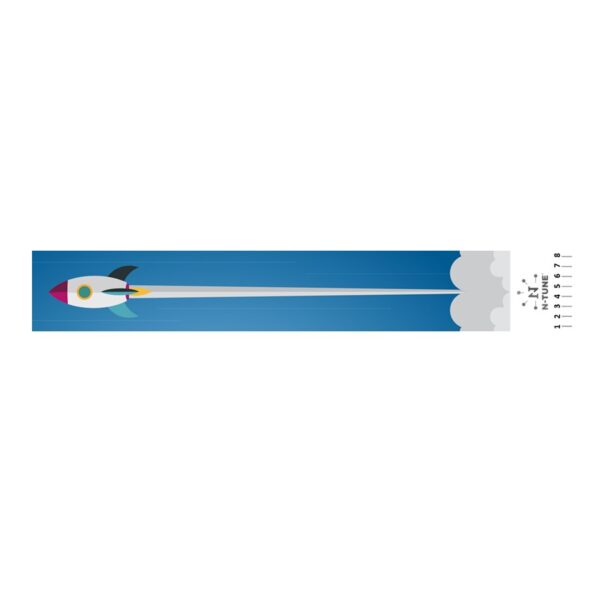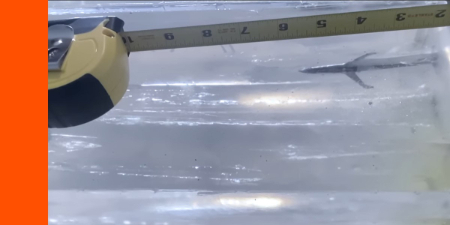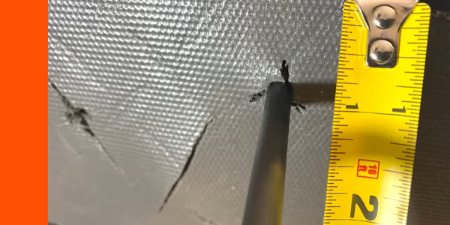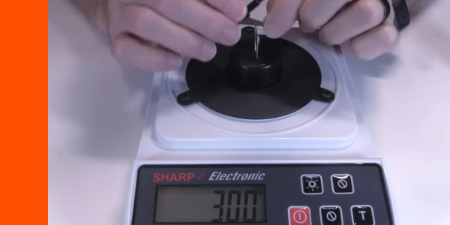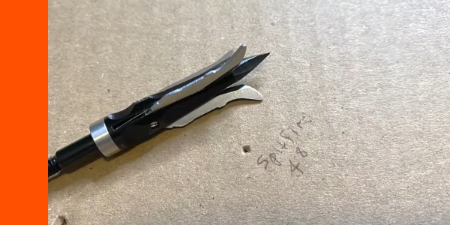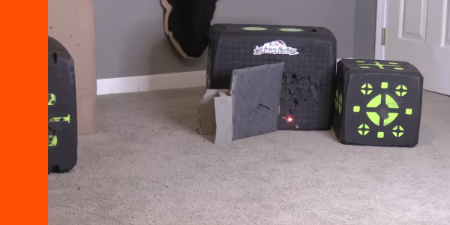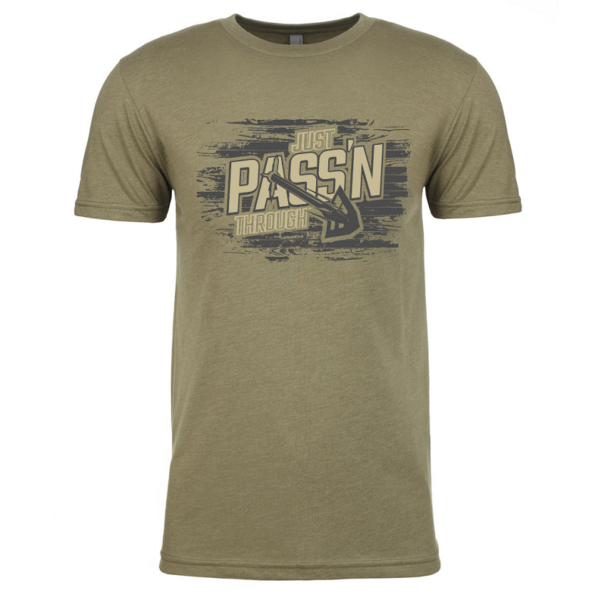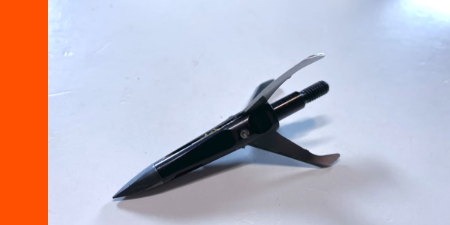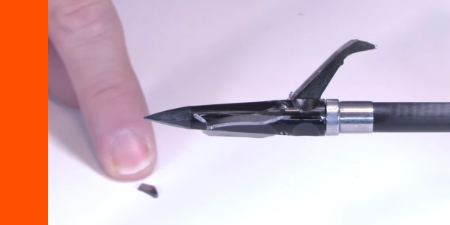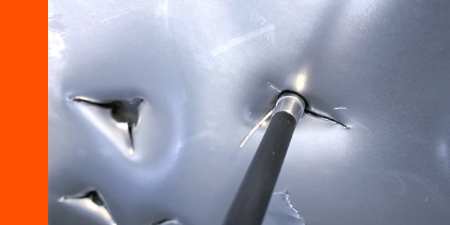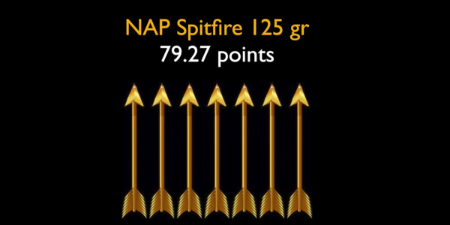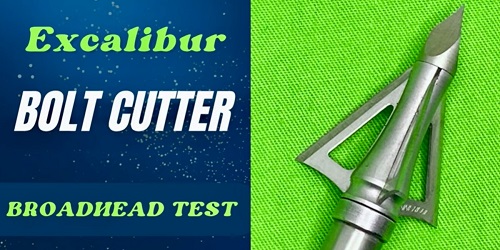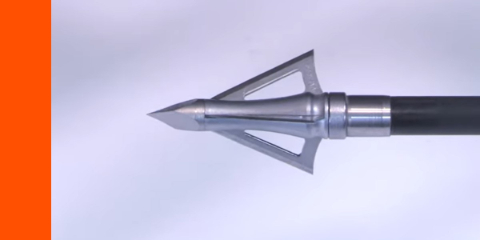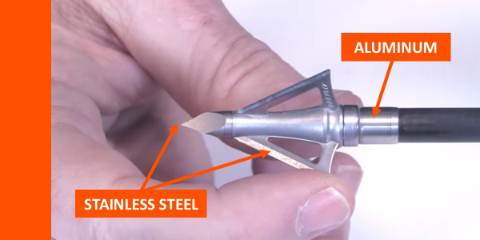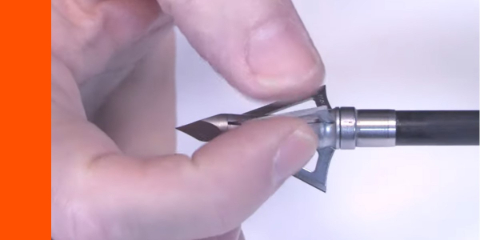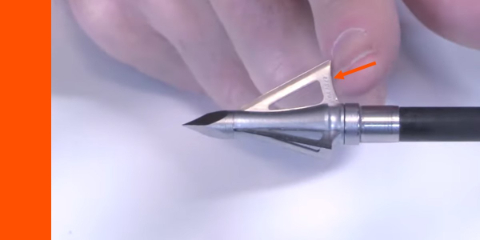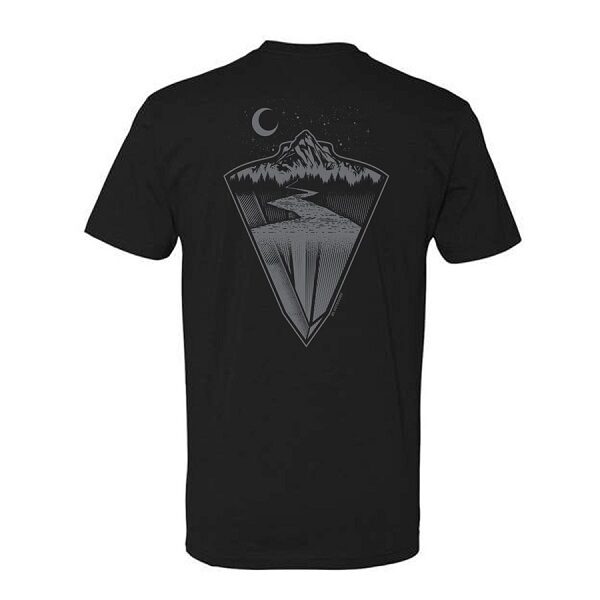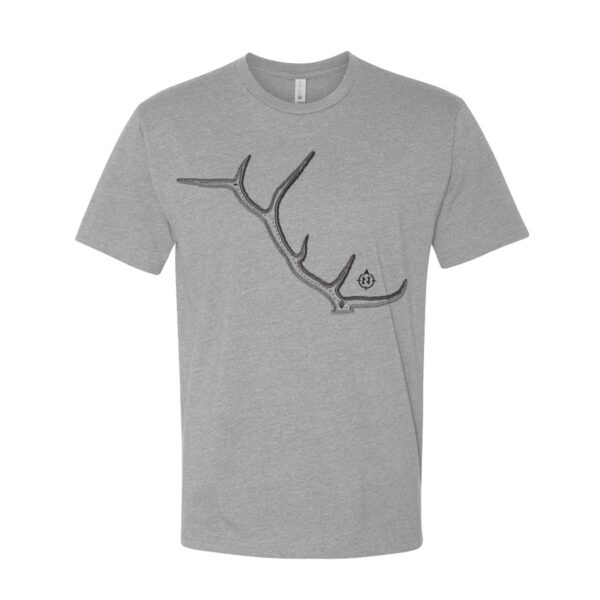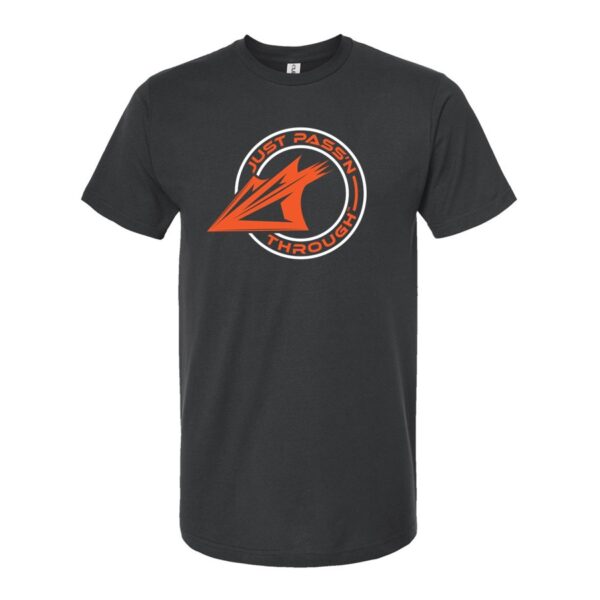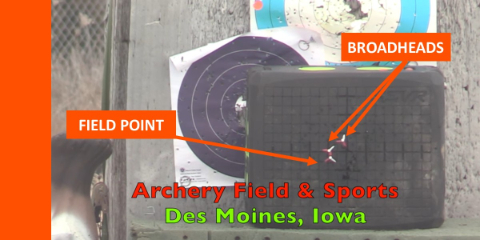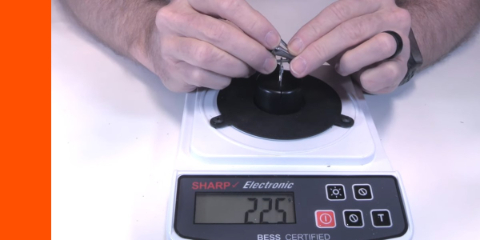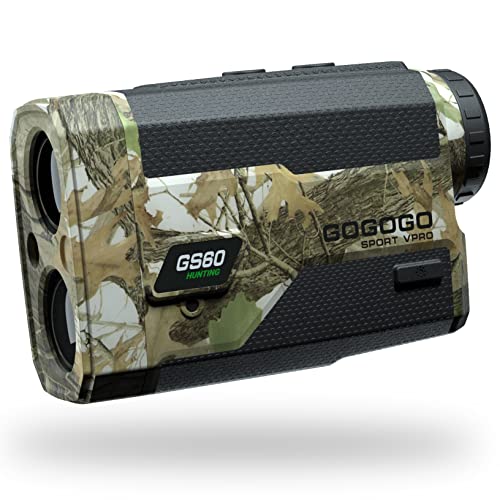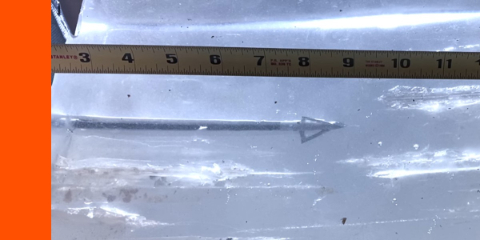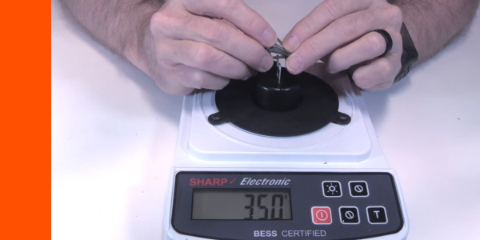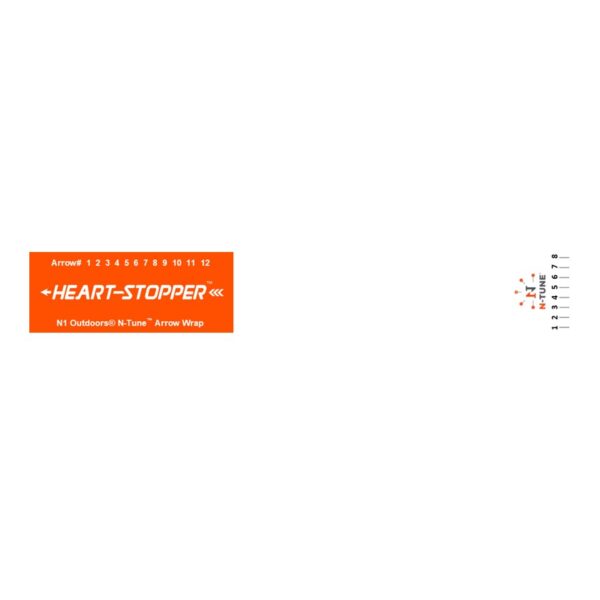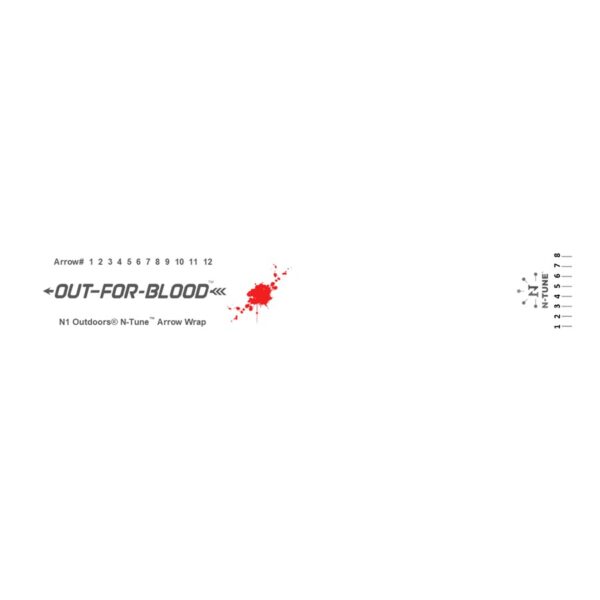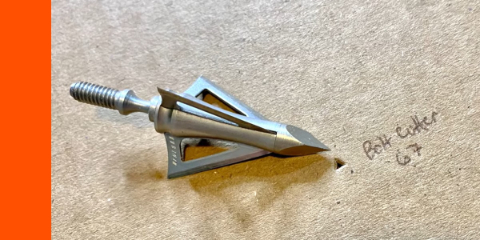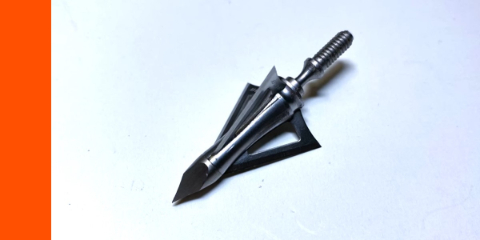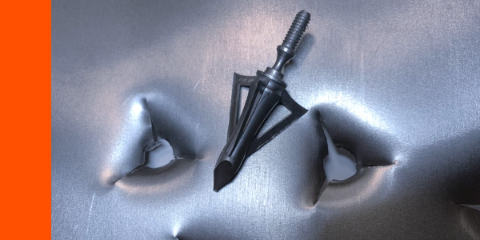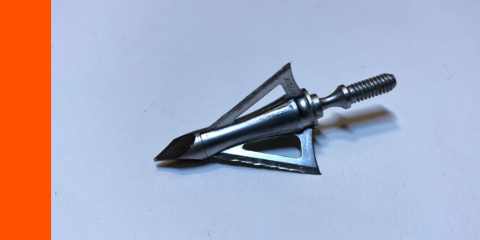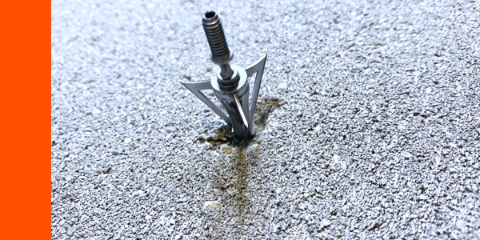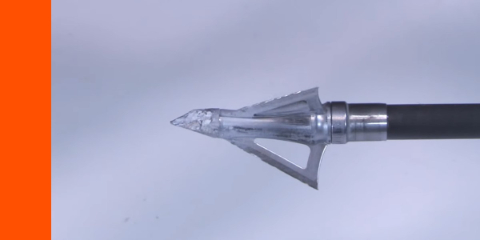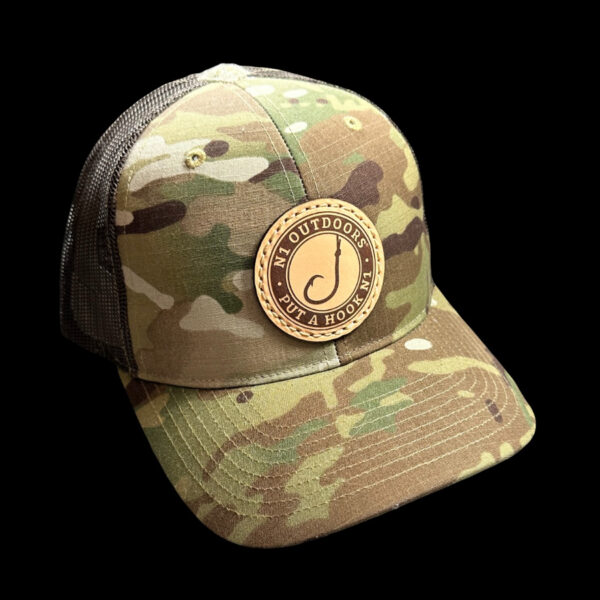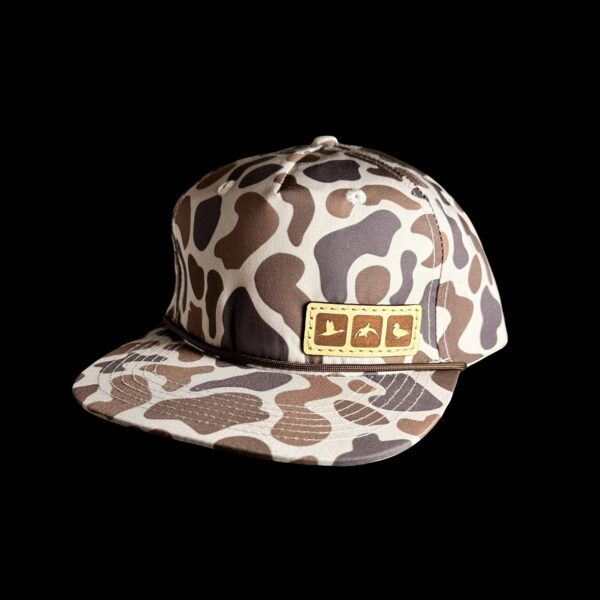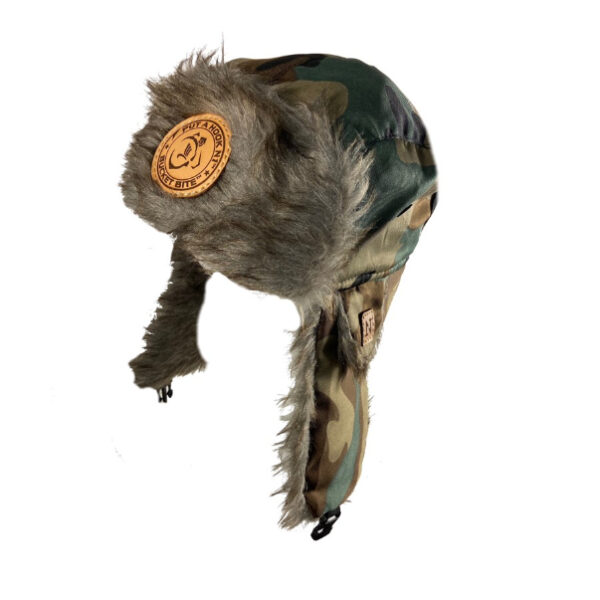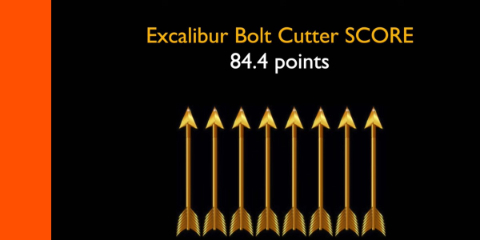I’ve got another Rage broadhead test for you… It’s the Rage X-Treme 4-Blade.
This head is a hybrid. It has a fixed blade, as well as a big, wide mechanical cut.
I was eager to put this head to the test to see how it performed.
So let’s go through some of the design features and specifications and then put this Rage X-Treme 4 -Blade to the test…
The Rage X-Treme 4-Blade Broadhead Up Close
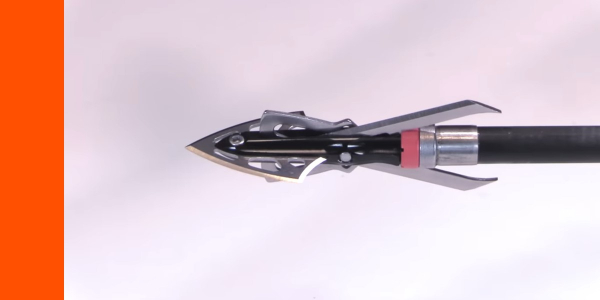
Here’s a good look at the Rage X-Treme 4-blade. And man, this is a wicked-looking broadhead with all kinds of cut going on.
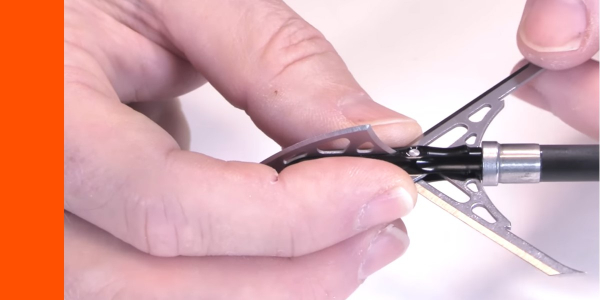
It’s a hybrid head, meaning it has a fixed blade component that has a cut of 7/8 of an inch. Then it has a mechanical broadhead that operates like a normal Rage.
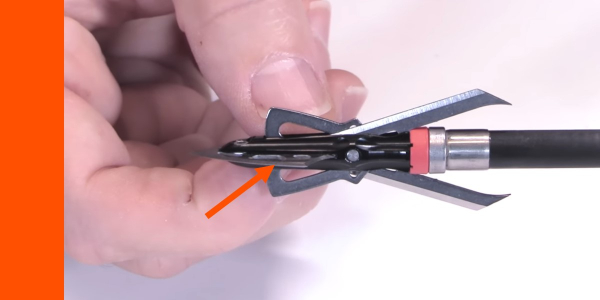
The fixed blade thickness is 0.030” and the mechanical blades thickness is 0.035”.
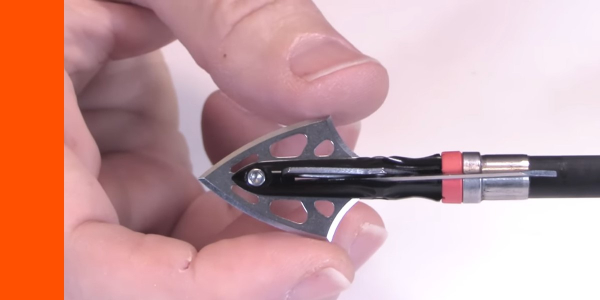
Here’s a look at the fixed blade part of the broahdead.
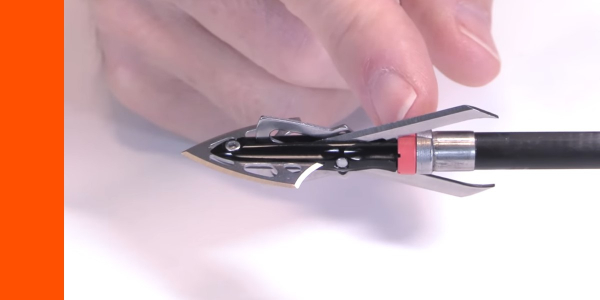
The blades are held closed by this clip right here and this ring. The retention rings are normally great for this broadhead, but I have the crossbow model on there because the buddy that sent me these heads only had the crossbow model, but I’m sure it’s going to perform really well. (The ring on the crossbow model holds them a little bit more securely.)
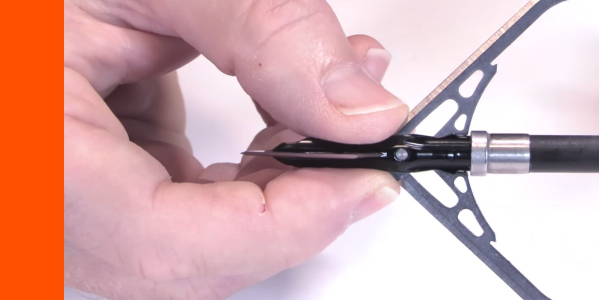
As pressure is put on this end of the blades at one end, they slide back and then the blades fully deploy and come to a cut of 2.3” in the open position.
-
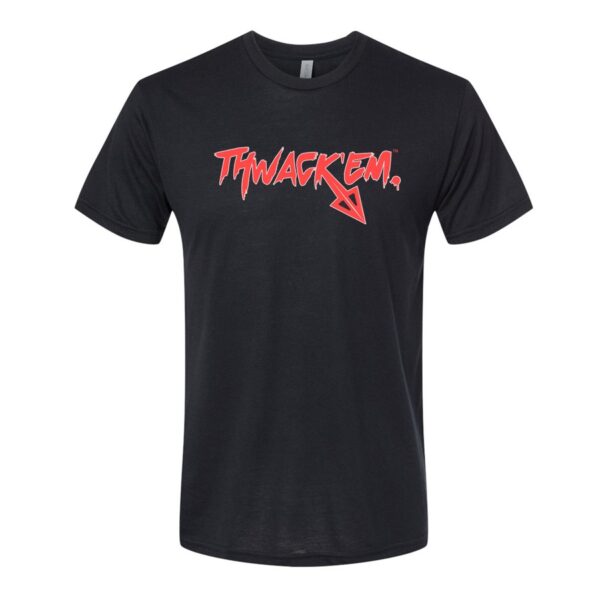
N1 Outdoors® Thwack’Em™ Bowhunting Tee
$24.99 – $30.99 Select options This product has multiple variants. The options may be chosen on the product page -
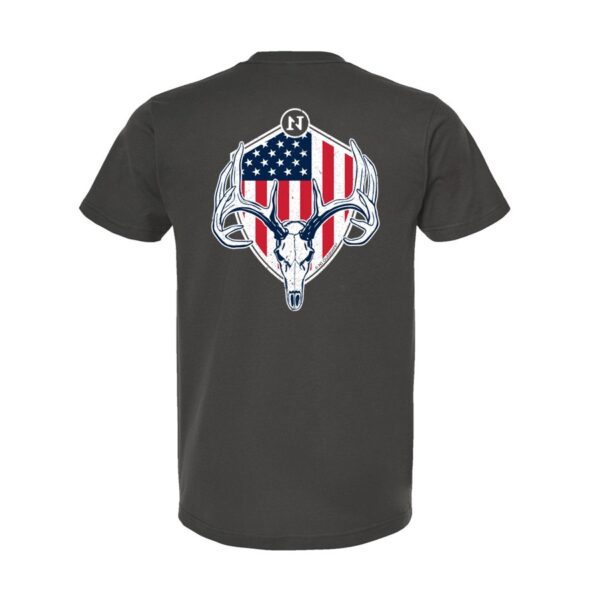
N1 Outdoors® “USA Antler” Tee
$24.99 – $28.99 Select options This product has multiple variants. The options may be chosen on the product page -
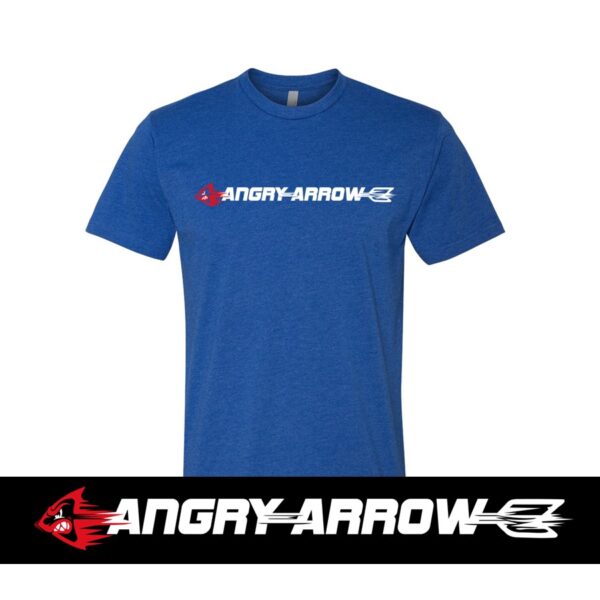
N1 Outdoors® Angry Arrow™ Tee
$24.99 – $28.99 Select options This product has multiple variants. The options may be chosen on the product page
Above, you can see it is in the open position. You’ve got that full cut of the mechanical blades of 2.3” and the 7/8 of an inch on the fixed blade portion. So, a total cut of over 3.1”. That’s a really impressive cut.
The mechanical blades are a bit thicker than the fixed blade. They’re 0.035” thick. Again, the fixed blade is 0.030” thick. The blades are stainless steel and the ferrule is made out of aluminum.
So, when I think about this, the first thing that comes to mind is that this would be devastating turkey broadhead because you are just going to pull a big old cut through a turkey and that helps in hitting the vitals. But perhaps, it can be good for a lot of other game as well. I know people have taken elk, bear, deer and many other animals with them.
I really liked Rage in the way the blades deploy. I love the way they open and I like the design. I’ve just never been really impressed with the durability. And so, that was my big question mark going into these tests.
Rage X-Treme 4-Blade Broadhead Tests
So let’s see how this Rage X-Treme 4-Blade performed.
For the tests of the Rage X-Treme 4-blade, I’m going to be using my Bowtech CP28 set at 72 pounds. I’m using a Bishop FOC King Arrows for most of the shots and then I’m using the Bishop FAD Eliminators for the really hard impact ones.
Flight Forgiveness (1 Field Point and 1 Broadhead @30 yds)
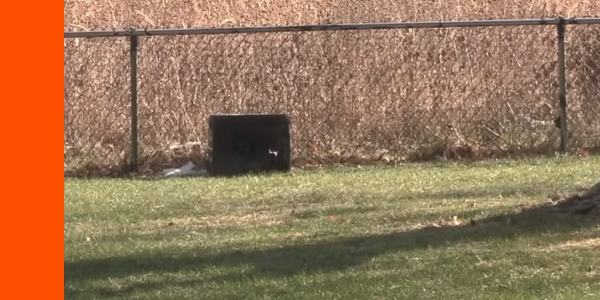
As you can see in this picture, the broadhead and the field point hit very close together.
-

N1 Outdoors® N-Tune™ Nock Tuning Reflective Arrow Wraps – Plain White
$18.99 – $27.99 Select options This product has multiple variants. The options may be chosen on the product page -
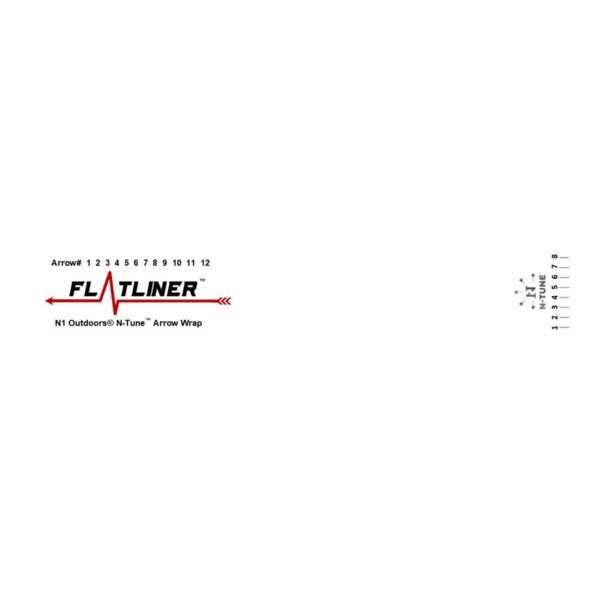
N1 Outdoors® N-Tune™ Nock Tuning Reflective Arrow Wraps – Flatliner™
$18.99 – $27.99 Select options This product has multiple variants. The options may be chosen on the product page -
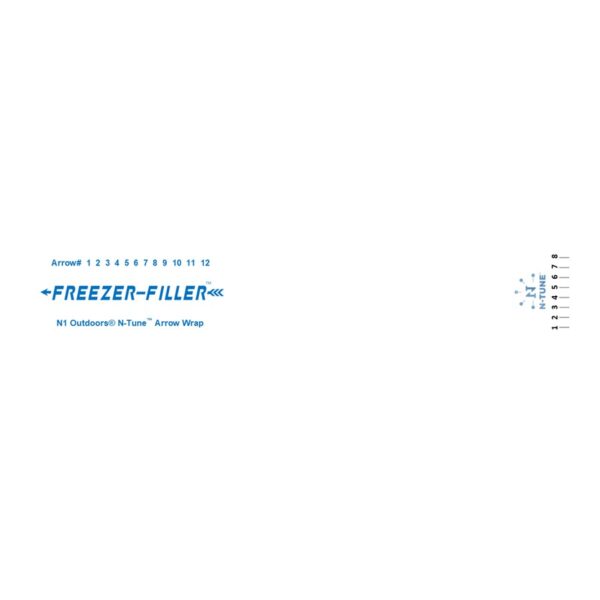
N1 Outdoors® N-Tune™ Nock Tuning Reflective Arrow Wraps – Freezer Filler™
$18.99 – $27.99 Select options This product has multiple variants. The options may be chosen on the product page
Initial Sharpness
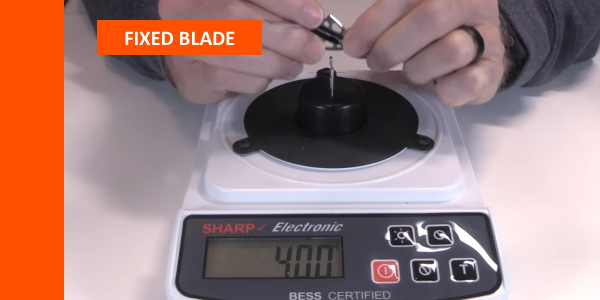
I tested the sharpness before doing the penetration tests. The fixed bladed measured 400 (the lower number the better).
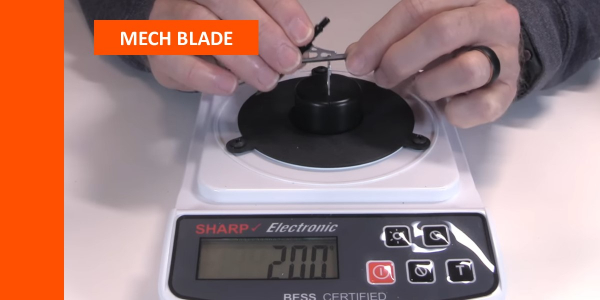
The initial sharpness of the mechanical blades was 200.
Penetration Test 1 (2/3″ Rubber Mat, 1/2″ MDF and FBI Ballistic Gel)
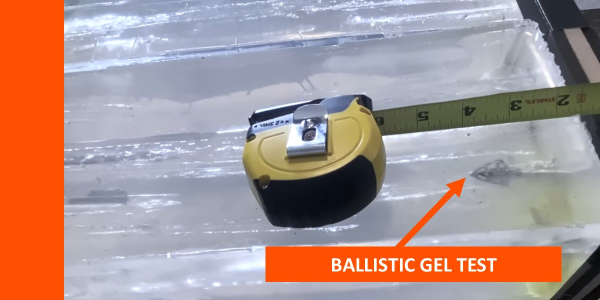
The Rage X-treme 4-blade penetrated right at 4″...

And like every Rage, it opened very well, even on this soft rubber foam mat. It expanded to the full open position.
Edge Retention Test (After Penetration Test 1)
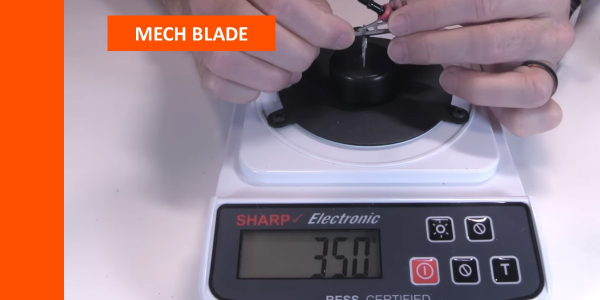
The post sharpness of the mechanical blade was 350.
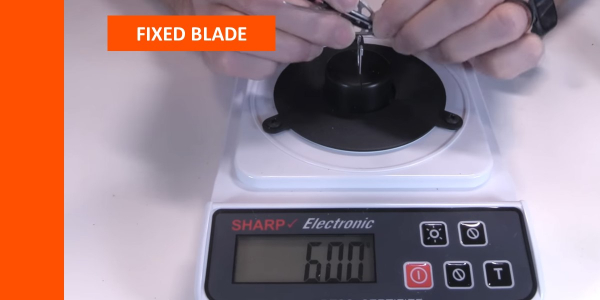
The post-sharpness of the fixed blade was 600.
Penetration Test 2 (Layered Cardboard)
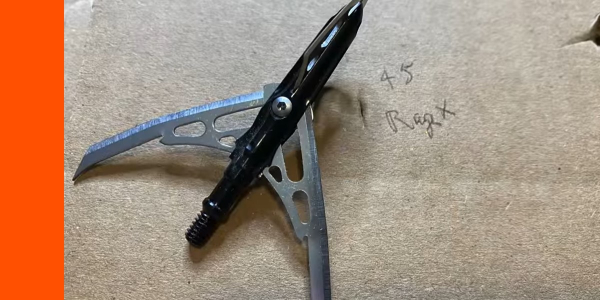
It penetrated through 45 layers of cardboard.
Angled Shot Test (1/4″ MDF/Carpet)
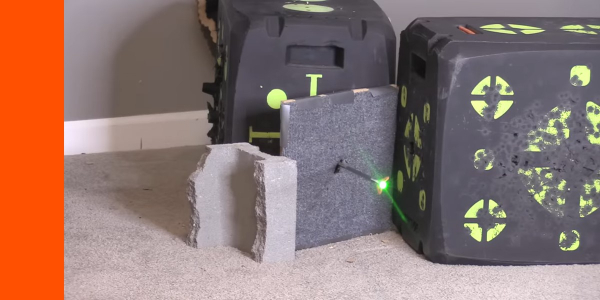
Here is the Rage X-treme 4-blade in the angled MDF.
Durability Test (1/2″ MDF Max 3 shots)
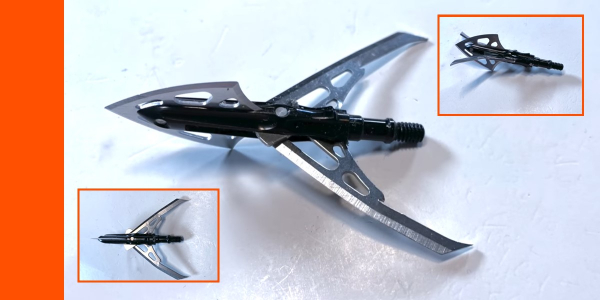
I shot the X-treme into MDF three times. Overall, it held together well. One of the blades bent back a bit and the other one bent too, but the bottom one bent the most. And then, you can see the base of the ferrule, where the blades bent back, they cut into the base of the ferrule.
Durability (22ga Steel Plate Max 2 Shots)
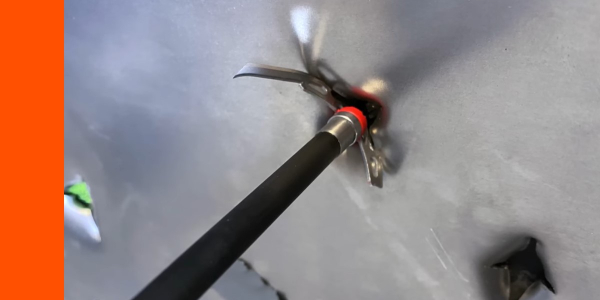
I shot the head into a .22 gauge steel plate...
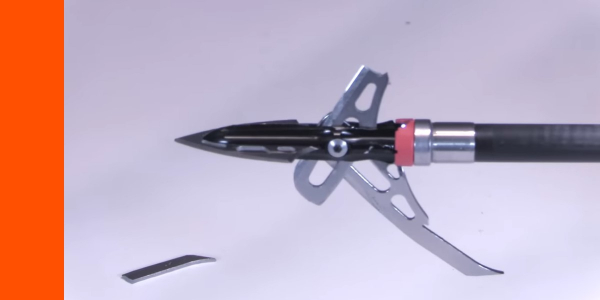
So here’s the head after it has gone through the MDF 3 times, which it did fairly well through the MDF. It just got bent up a little bit, and the base got cut into a little bit. But, on the first shot into the steel plate, as you can see, one of the blades broke.

And then, the ferrule got pinched and squished a bit. I guess the steel plate got bent to where I can’t move the blade, so I can’t close them, and there’s no way I was going to shoot again like this.
Now, the main blade actually did really well. It held together very well. There’s just a little bit of scraped on it but the mechanical blades not so much. Still, it did pretty well through the MDF. But, it’s not going to make it on to the concrete round (where I shoot into a concrete block) because with that kind of damage, I just don’t want to risk anything by shooting it into the concrete.
As it is, I get shrapnel flying back near me all the time. And so, once something breaks or bends really significantly then that’s the end of the durability testing.
Final Thoughts On The Rage X-treme 4-Blade Broadheads
So what do you think of the broadhead? Hey, I tell you what. It did a bit better than I was expecting. It has such a nice wide cut.
I can see it having some really lethal applications in the field. The other main blade held together pretty well in the test that I did.
Like most of the Rages, the blades are just the weakness. And, I know they would get the job done again in many situations, but I just wish they would make them a little bit more durable because I like a lot about the design.
I like the Slip Cam. I like the size of the cut, and I like how well they open on impact. They have a lot of good strengths to them. The durability is just always a bit of a concern.
But again, I know in many situations, maybe most situations, it’s going to perform really well. I know for a turkey, it would be a really good head because you’re getting that fixed blade and you’re getting that really wide cut. So I could see it being a really good choice for that.
But you check out the score sheet and see how it performed and see if this might be one to consider for your quiver.
